1953 Telephone Book Shows How Different Calling Was
Don’t forget to write down your local fire department number.
There’s no question that how we use our phones today is almost completely different to how they were utilized decades ago. When phones were first invented they were rare and expensive. As time went on more and more houses and businesses relied on phones to operate and this made for more complicated procedures on how to make calls. In 1953 in Oregon the local telephone directory for Astoria had quite a few tips and tricks listed for making phone calls. These pointers show just how different making phone calls used to be back in the days when the operators still placed your call through a manual switchboard!
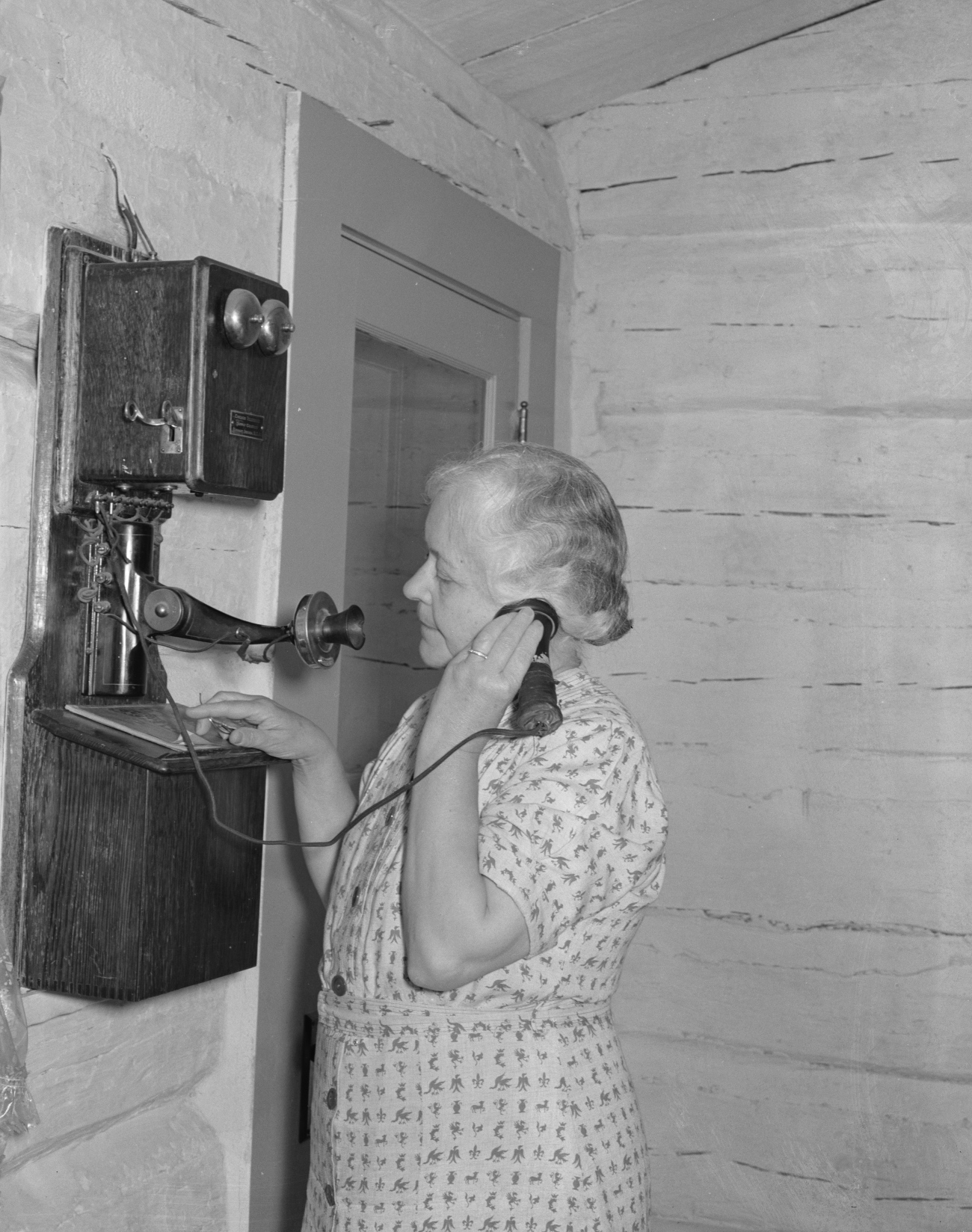
Pre-911
Before 911 was a Universal Emergency Number the procedure for making emergency phone calls was different. In places where there weren’t a lot of telephones 911 was a regular phone number. In this case it was a mortuary phone number! As early as 1957 it was suggested by the National Association of Fire Chiefs that a single national number be used for emergency service, but wasn’t until 1968 that AT&T set up the 911 emergency number for the first time.
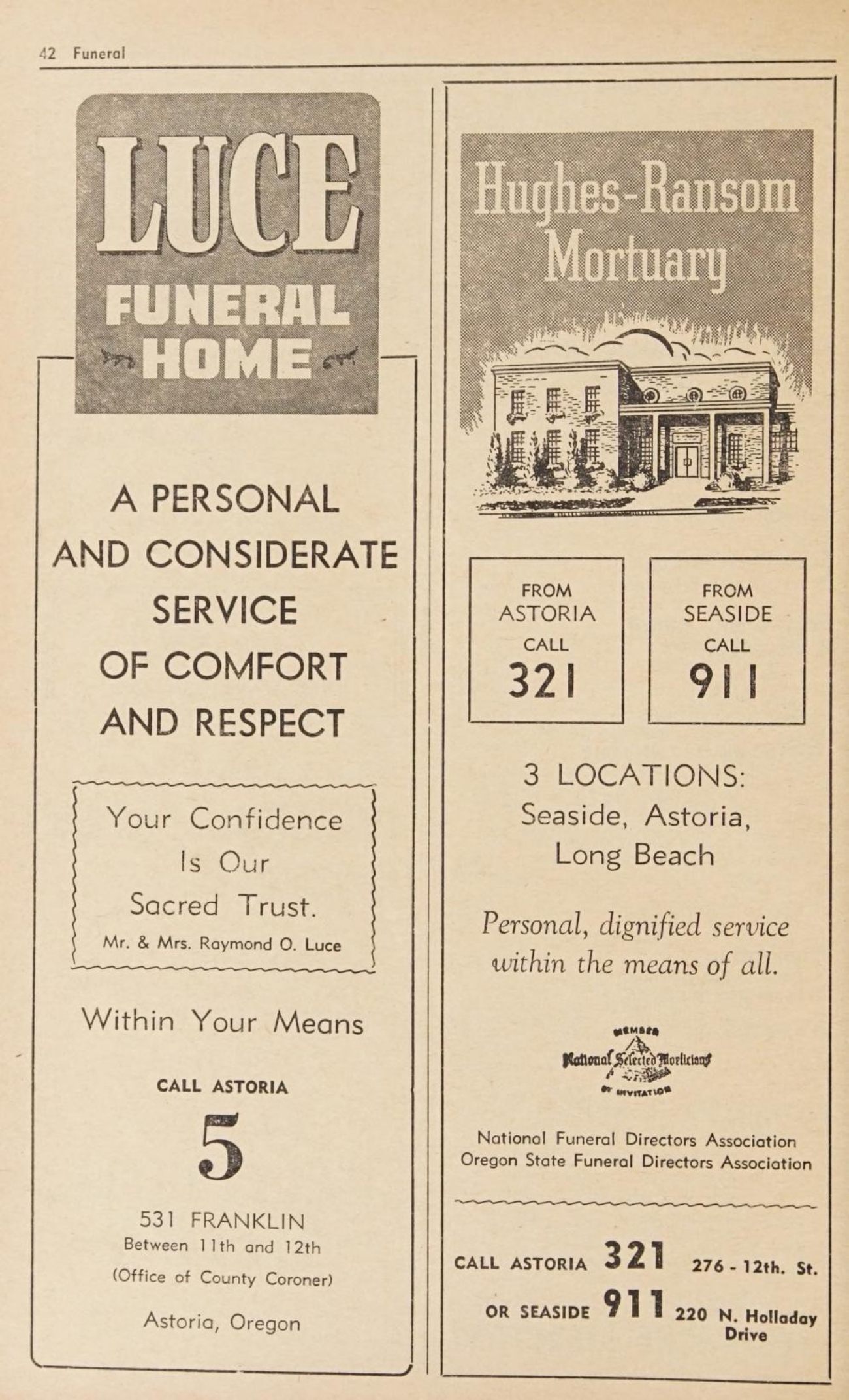
The 911 of the Time
There was a space in the front of the directory for writing down the fire and police numbers, as there was no unified number yet. Each area had their own numbers to call so it was important to keep those numbers at hand in case they were urgently needed. Or you could call the operator and tell them you needed to report a fire or a crime or needed medical help.
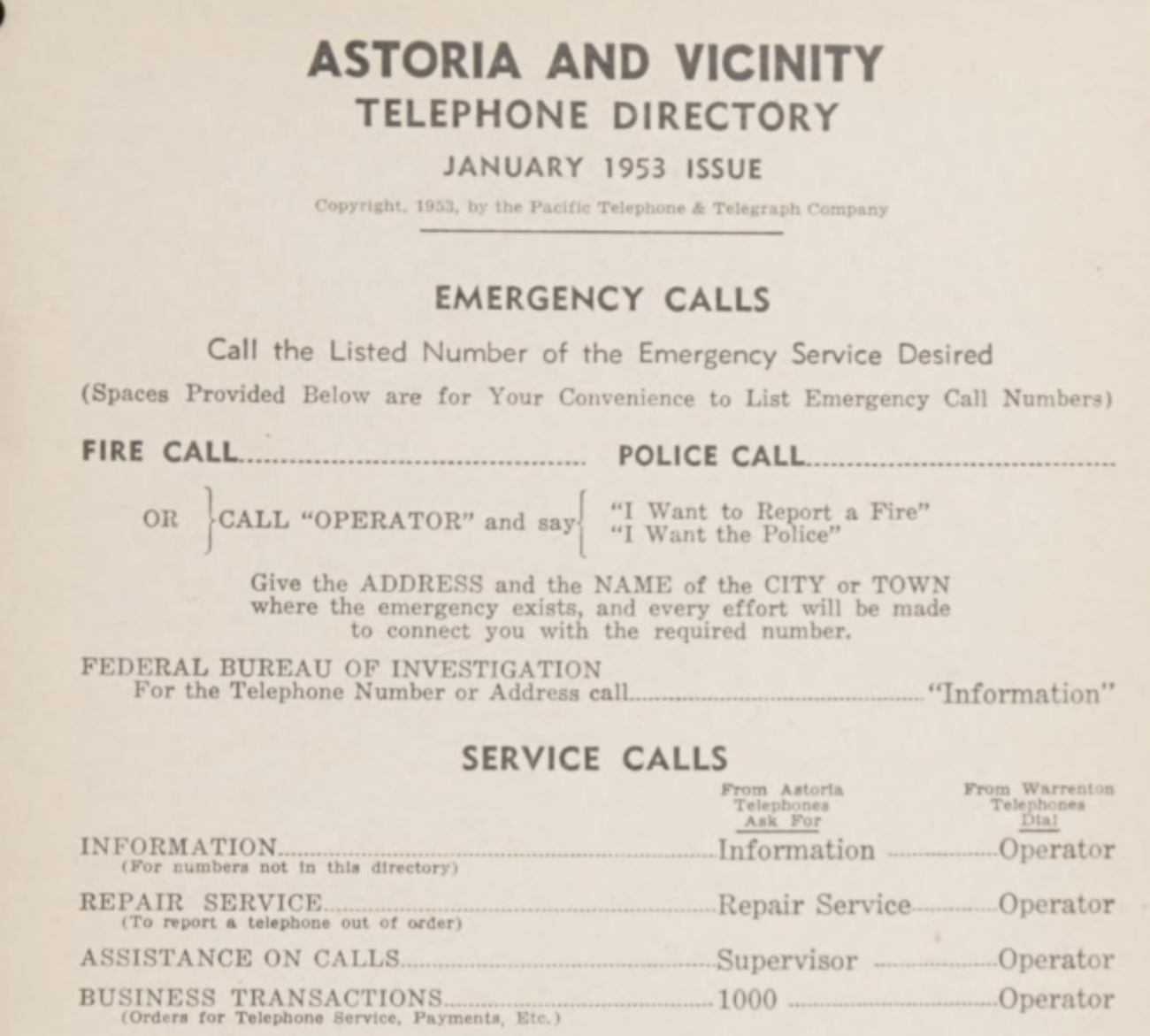
Personal Numbers
The phonebook also had a space to write out the numbers of people and businesses you might call often, so that when you needed them they were right there. Of course, most people probably had an address book as well, but this front of the phonebook list might have been a handy cheat sheet.
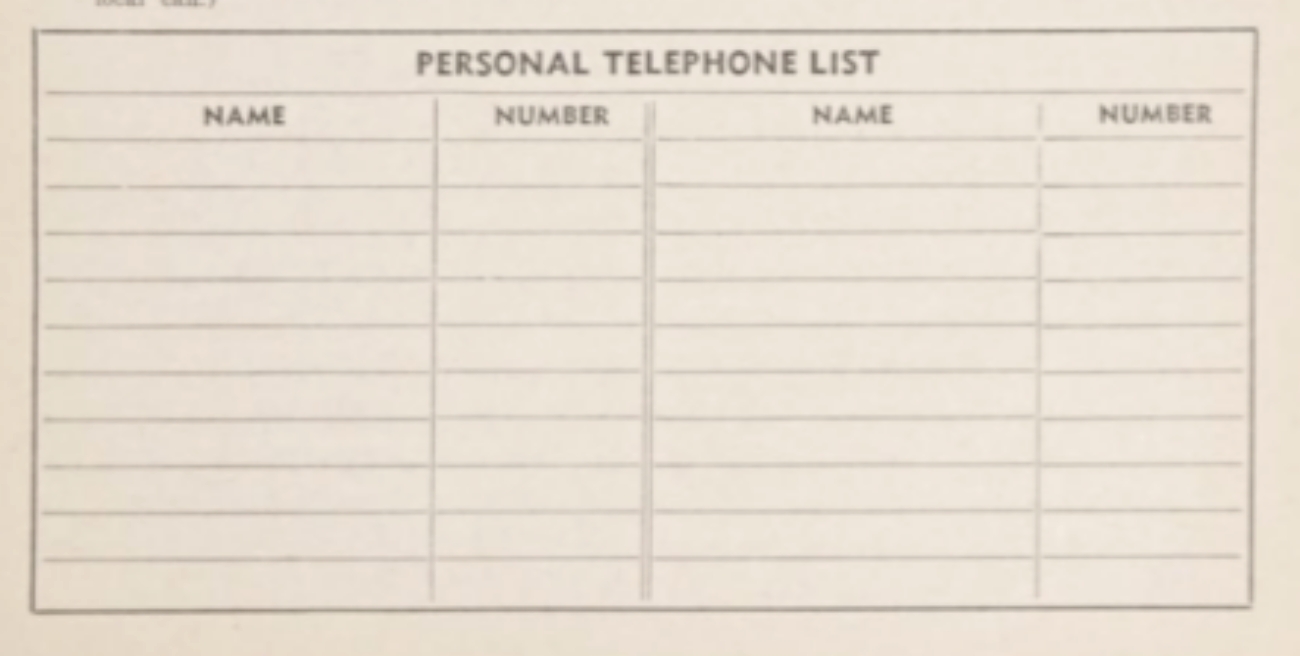
Party Line Protocol
The directory also included instructions for calling another party on your line, ie a party line connection. This was different to making a regular phone call. The protocol was to dial 9, then last digit of your line, then the last digit of their line, then to hang up. The phone would ring to connect you. If no one answered it would keep ringing, so the phone company advised to pick up and replace the receiver to stop the ringing in that case.
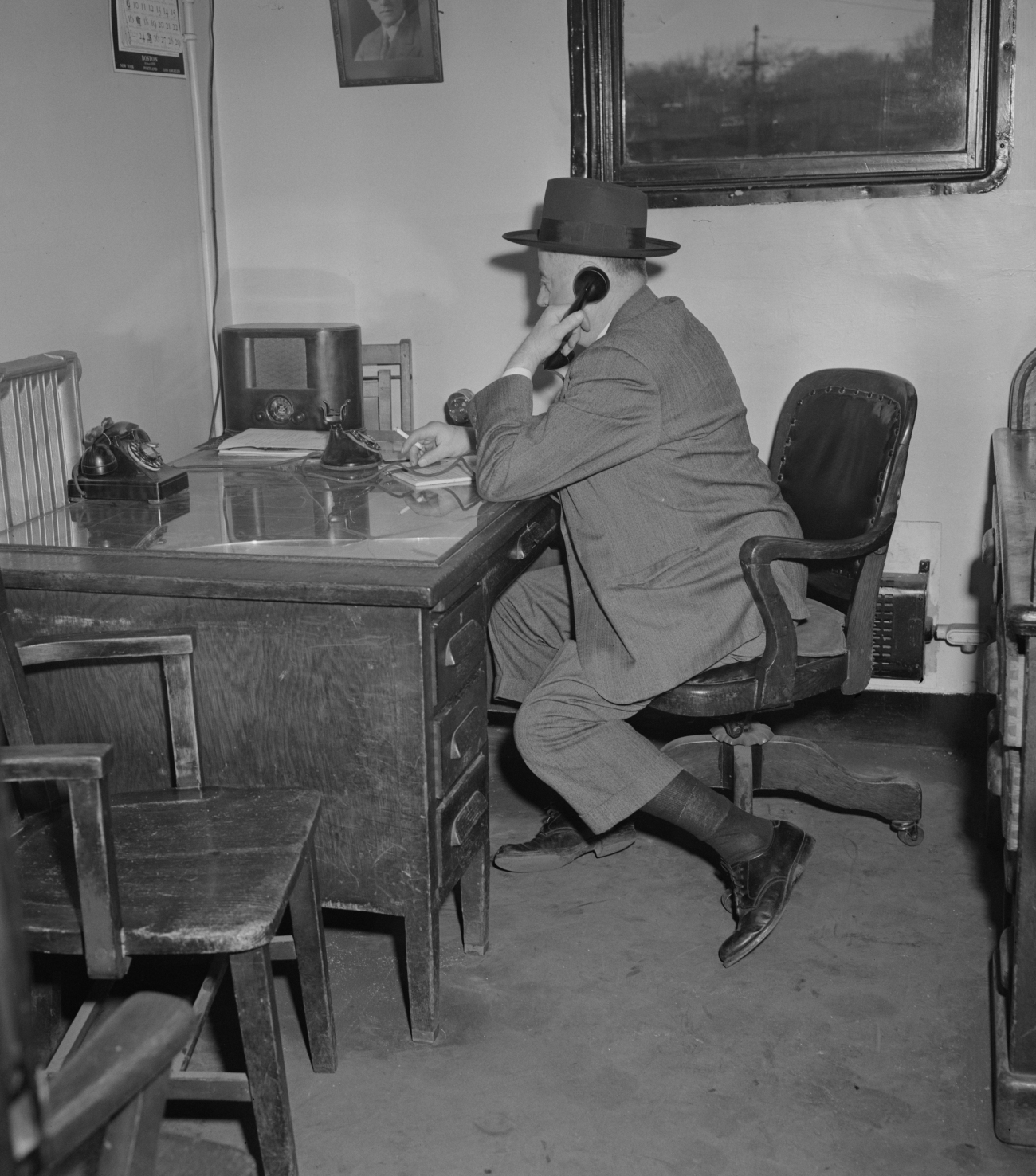
You Are Being Recorded
Helpfully, at the front of the directory is a section all about being recorded over the phone. The guide indicates that an electronic beep will be heard every 15 seconds if there is a recording device hooked up to the line you’re speaking to. The guide also says that it is “unlawful” to record without this tone to let the other person know they are being recorded. These days laws on what can be legally recorded without consent vary by state and can become very complicated when calling interstate where laws differ. But, back in 1953 in Oregon it was unlawful to record a phone call without the other party’s permission and the beep sound was to protect callers in case it did happen.

How to Speak
Finally, one of the most helpful pieces of advice from the directory, one many people today could still stand to learn, is to talk at a reasonable volume. “Please do not shout – just use your normal speaking voice.” Another piece of wisdom is to enunciate, “Please speak distinctly and not too rapidly.” We sure do wish this advice came with our smart phones today!
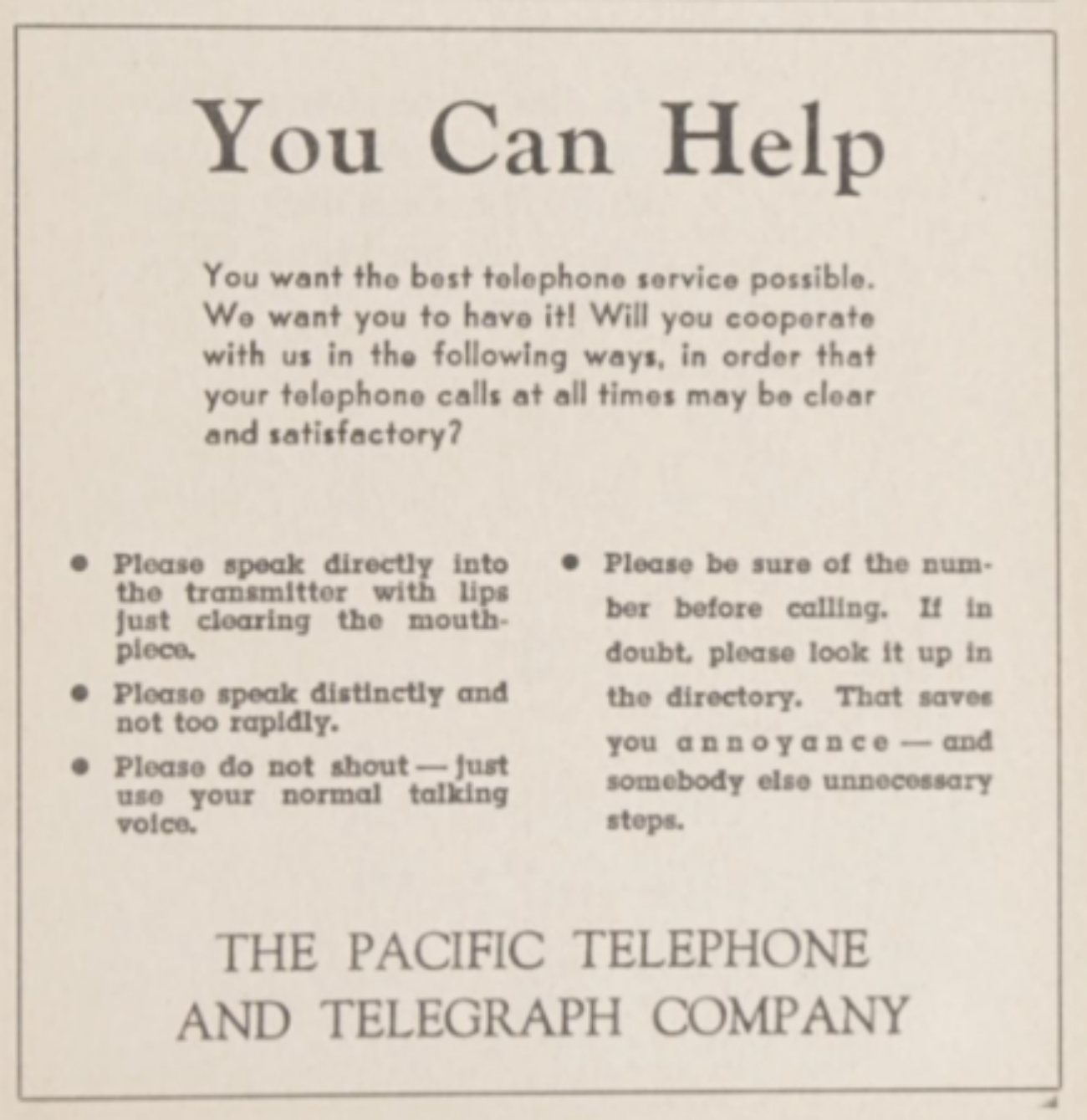
SKM: below-content placeholderWhizzco for DOT

